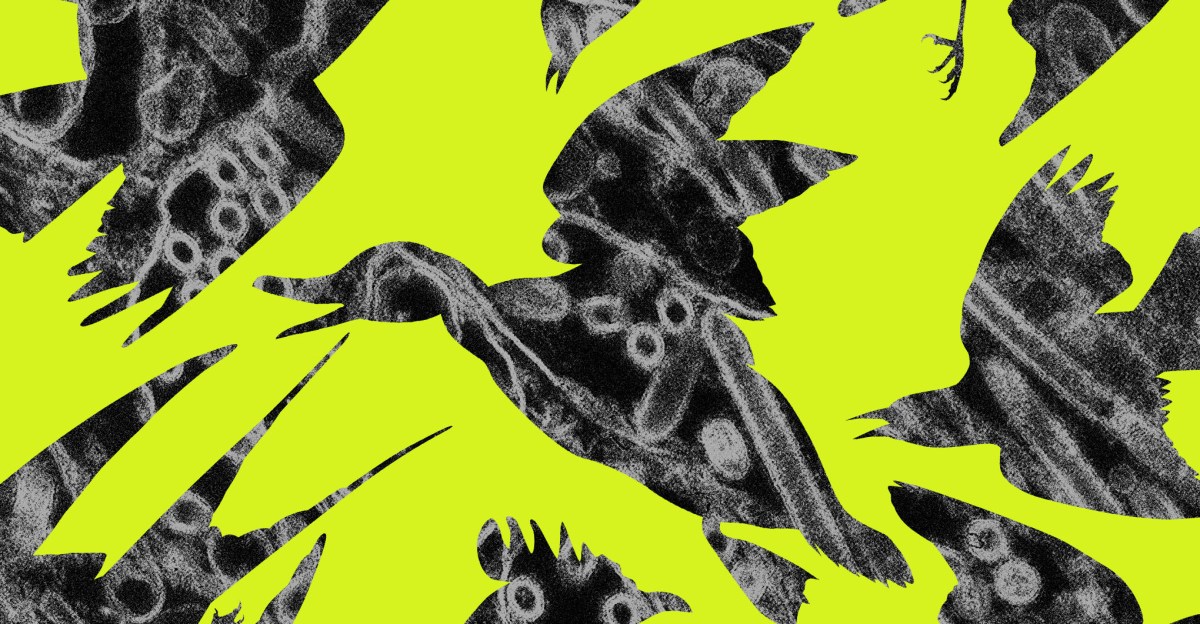Bird Flu: Our Ongoing Global Battle
Avian influenza, commonly known as bird flu, continues to pose a significant global threat. While not typically directly transmissible to humans, its potential for mutation and the devastating impact on poultry populations demand constant vigilance and proactive measures. This ongoing battle requires international collaboration, rigorous surveillance, and the development of advanced prevention and control strategies.
The Current Landscape: A Shifting Threat
The global landscape of avian influenza is constantly evolving. Different strains emerge, and their virulence and transmissibility vary. Currently, the highly pathogenic avian influenza (HPAI) H5N1 subtype is causing widespread concern, leading to significant outbreaks in various parts of the world. These outbreaks often result in:
- Mass culling of poultry: To prevent the spread of the virus, affected flocks are often culled, leading to economic losses for farmers and disruptions in the food supply chain.
- Wild bird impacts: HPAI H5N1 has also been detected in a wide range of wild bird species, acting as a reservoir for the virus and potentially facilitating its spread. This underscores the interconnectedness of wildlife, poultry, and human health.
- Human infections (though rare): While human-to-human transmission remains limited, sporadic cases of human infection highlight the potential for zoonotic spillover and the need for continued monitoring.
Understanding the Transmission Dynamics
Understanding how bird flu spreads is crucial for effective control. The primary mode of transmission is through direct contact with infected birds or their droppings. However, indirect transmission through contaminated surfaces, equipment, or feed is also possible. Therefore, maintaining strict biosecurity measures on poultry farms is paramount.
The Fight Against Avian Influenza: A Multi-pronged Approach
Combating bird flu effectively requires a multifaceted approach that includes:
- Enhanced Surveillance: Robust surveillance systems, both in poultry farms and wildlife populations, are essential for early detection and rapid response. This involves regular testing, monitoring of bird mortality rates, and active surveillance in high-risk areas.
- Vaccination Strategies: Developing and deploying effective vaccines for poultry is critical to controlling outbreaks and reducing the need for mass culling. Research continues into improving vaccine efficacy and accessibility.
- Biosecurity Measures: Stringent biosecurity protocols on poultry farms, including proper hygiene, disinfection, and control of access, are vital in preventing the spread of the virus. This also includes responsible disposal of poultry waste.
- International Collaboration: The global nature of this threat demands strong international collaboration in sharing information, coordinating responses, and supporting affected countries. The World Organization for Animal Health (OIE) plays a crucial role in this effort.
- Public Health Preparedness: Preparing healthcare systems to handle potential human cases is essential, including developing diagnostic tools, treatment protocols, and public health communication strategies.
The Economic and Social Impacts
The consequences of avian influenza extend far beyond the immediate impact on poultry farmers. Outbreaks can lead to:
- Economic losses: Culling, trade restrictions, and decreased consumer confidence can severely impact the poultry industry and related sectors.
- Food security concerns: Disruptions in the poultry supply chain can threaten food security, particularly in regions heavily reliant on poultry as a source of protein.
- Social disruption: Outbreaks can lead to fear and uncertainty among communities, impacting livelihoods and social well-being.
The Future of Avian Influenza Control
The battle against bird flu is a continuous process requiring sustained commitment, innovation, and global collaboration. Ongoing research into antiviral drugs, improved vaccines, and enhanced surveillance technologies is vital in mitigating the risks and protecting both human and animal health. Staying informed and adhering to public health guidelines are essential steps in contributing to the collective effort. For the latest updates and recommendations, refer to the resources provided by the World Health Organization (WHO) and the World Organization for Animal Health (OIE).
Call to Action: Learn more about avian influenza prevention and report any suspected cases to your local authorities. Your vigilance is crucial in protecting our communities and global food security.
